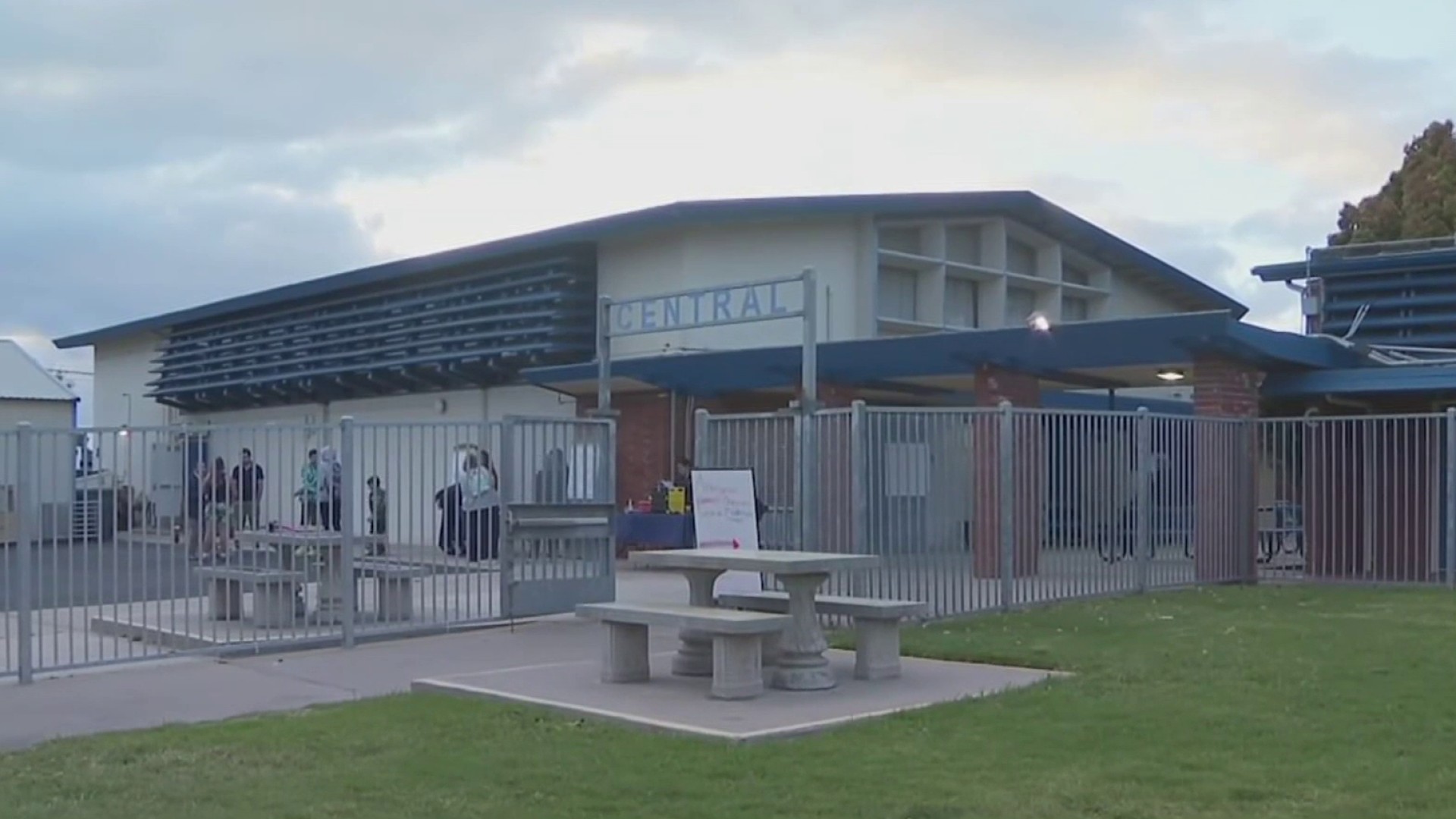Walk through Knox Middle School and just look around, said Bill Freeman, president of San Diego’s teachers union.
Freeman says that’s all voters need to do to do before voting on the San Diego Unified School District’s bond measure, Proposition Z.
“You’ll see steps that need to be replaced, boards that have popped out, paint peeling off, facilities that need repairs,” he said of the 54-year-old school in Lincoln Park. “They aren’t things that will physically hurt students, but if they aren’t repaired, the schools would be unsafe.”
Proposition Z, otherwise known as the “San Diego Neighborhood Schools Classroom Safety and Repair Measure of 2012” will address construction, safety and technology needs, in addition to some energy efficiency projects and charter school improvements.
On average, schools in San Diego are about 43 years old, according to a USD study. The measure will ask voters to authorize $2.8 billion in bond sales to be used to improve the district’s aging facilities, according to the resolution passed by trustees.
The bond is opposed by taxpayer advocates who say the district must manage the money they have better, but supported by those who believe the district has no funding alternatives.
What Prop. Z WIll Be Spent On:
Local
Source: San Diego Unified School District, Bond Allocation Summary
DISTRICT IN CRISIS
The measure was proposed just after a $122 million deficit almost resulted in laying off over 1,400 teachers. One district trustee believed the schools’ financial hardships were so dire, the district should have declared insolvency, allowing the state to take over.
The district says a 2008 bond measure, Proposition S, did not provide enough money for all the repairs and purchases the district needs. Even more is needed to finish capital improvement projects identified as needed before Prop. S, said district spokeswoman Cynthia Reed-Porter.
Before Prop. S was placed on the ballot, about $7 billion in facility improvements were identified. The first $2.1 billion bond funded would tackle the most dire capital improvement projects. Now the district plans to use much of the additional $2.8 billion for maintaining and updating the infrastructure built from the first bond, an overview of the measure states.
The new bond measure would “sustain” the investments of the old measure, as Freeman puts it.
The measure also comes just before state funds designated for school repairs run out. Without this money, repairs would be paid for with money from the district’s general fund, proponents of the measure warn.
“If this happens, then the District’s budget will be even tighter and we will likely face even more cuts in the form of staff and salary reductions and classroom necessities,” wrote an endorsement from the Breakfast Club, an offshoot group of the San Diego Education Association.
A NECESSARY BURDEN?
The San Diego County Taxpayers Association sees it differently. The bond measure could almost double property taxes. This, on top of proposed sales tax and business tax increases on the ballot, will create an overwhelming burden for taxpayers throughout the county, said Lani Lutar with the SDCTA.
The association identified several issues with the measure, all stemming from a distrust of how the district will spend the money.
“It’s not going to fund teachers,” Lutar said of the bond money designated through Prop. Z. “None of the money is available to improve educational performance. There is nothing in this measure that insures education performance will be improved.”
Plus, the $355 million designated for technology may be used to buy products with a short life-span. By the time the district finishes financing technology such as laptops and iPads, the products will already be outdated or broken, Lutar added.
The SDCTA didn’t endorse the measure mainly because the district has failed to use money from Prop. S prudently, Lutar said. Projects supported by Prop. S will span over 14 years -- at the end of which, the district will have spent $2.1 billion on neighborhood school.
Prop. S extended a tax that, on average, increased property taxes to about $66.70 per $100,000 assessed value of taxable property, the resolution passed by the district states. Prop. Z would increase property taxes at most $60 per year per $100,000 of assessed valuation of taxable property.
About 16.7 percent of the Prop S budget has been completed, according to the most recent numbers from the district. This totals out to over $380 million, spent on technology and construction. Fourteen projects are under construction and 41 projects have been completed. An additional 31 projects are in the design phase.
Click here for a list of the projects completed and in progress within the district.
“The alternative [to Prop. Z] is that they spend the money they have,” Lutar said. “They haven’t even spent a quarter of it. Issue those bonds. They have not been able to use the money in a responsible way.”
Reed-Porter said that if the measure doesn’t pass, the projects may put a strain on the general fund. This could result in deferred maintenance of those projects, or an increase in the student-teacher ratio.
Now, voters faced with Prop. Z must decide whether the district needs the money, and if so, whether the changes it will make are worthwhile.
For more issues facing voters this November, check out our Decision 2012 Elections page.



